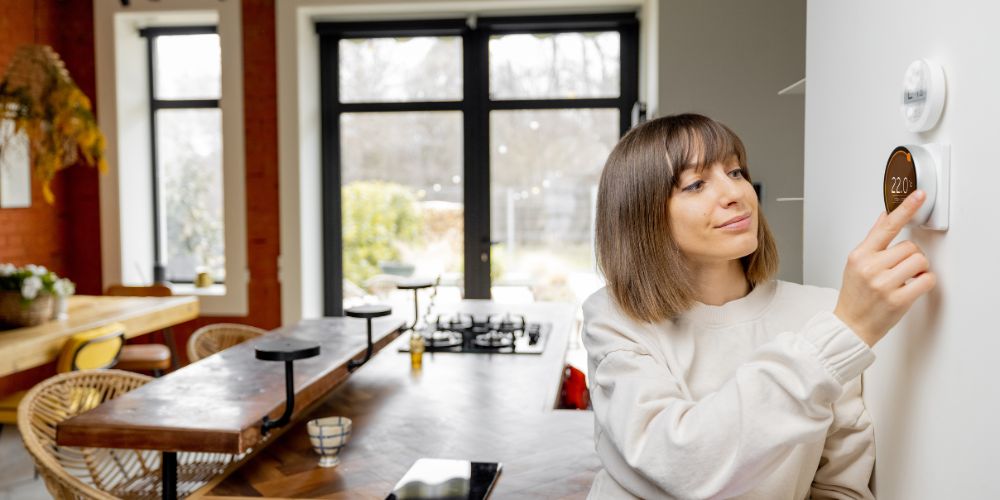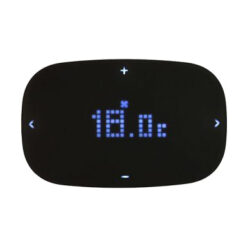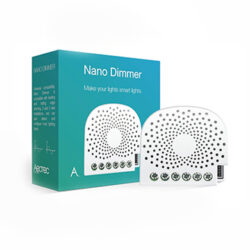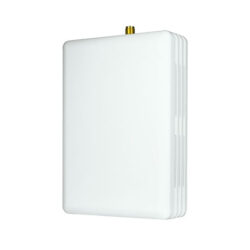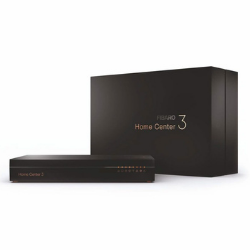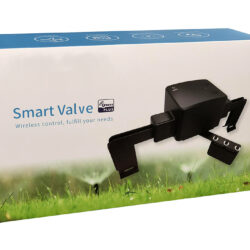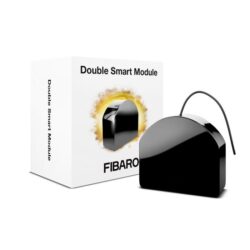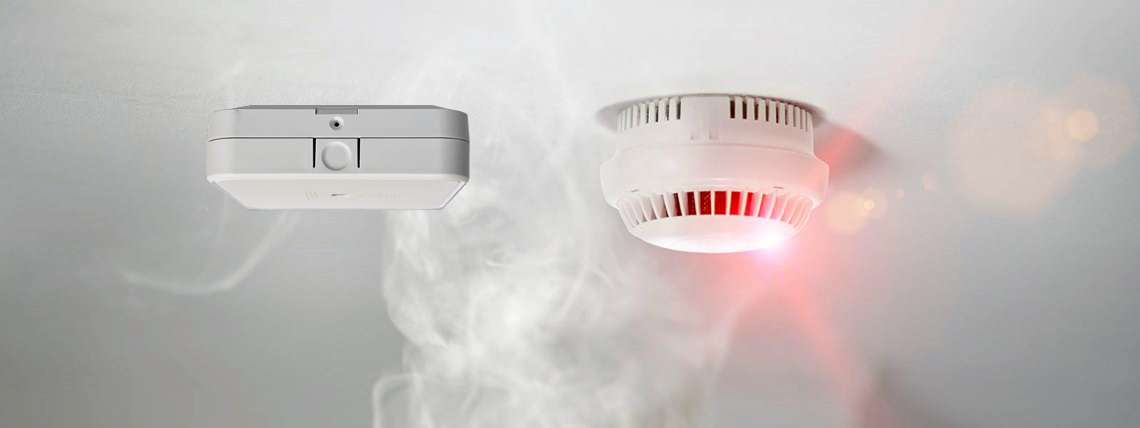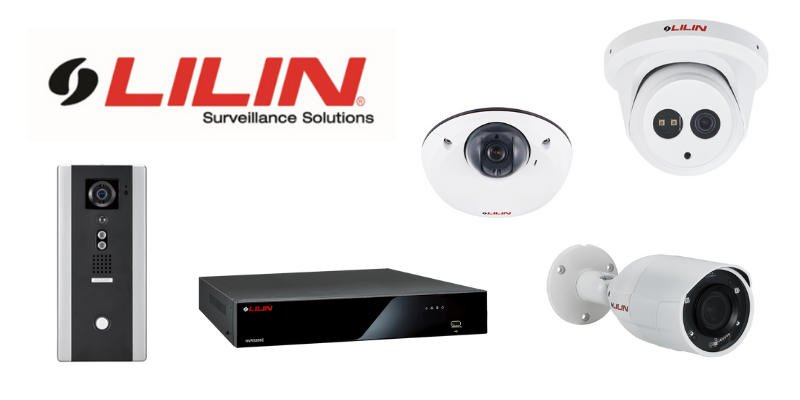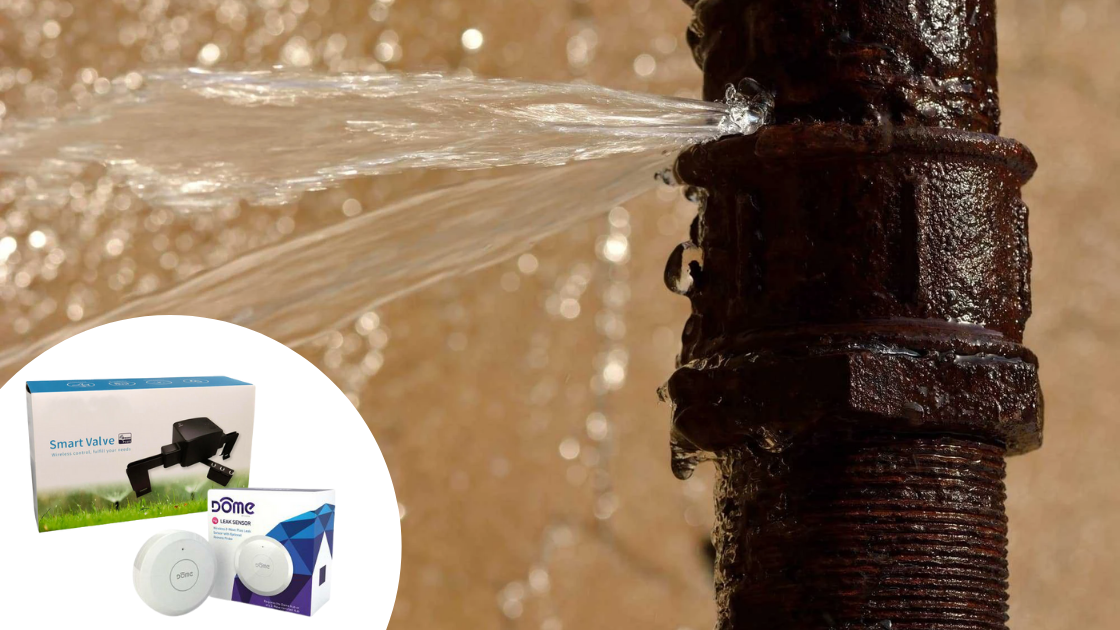In the realm of modern living, the term “smart home” has transcended its novelty status to become a mainstream aspiration. The integration of technology into our living spaces, once a distant dream, is now an achievable reality. However, the question that often arises is, “How much does a smart house cost?” The cost of transforming a traditional residence into a technologically advanced smart home is a multifaceted consideration that involves various factors, technologies, and personal preferences.
Understanding the Concept of a Smart Home
A smart home is a dwelling equipped with interconnected devices and systems that can be remotely monitored, controlled, and automated. These devices include smart thermostats, lighting, security cameras, door locks, entertainment systems, and more. The cornerstone of a smart home is the integration and communication between these devices through a centralized control system, often accessible via a smartphone or other connected devices.
Factors Influencing the Cost of a Smart Home
1. Wiring and protocol
Wiring and protocol are the first considerations when contemplating the purchase of smart home products. The protocol, or Home Automation Operating Standard, dictates how devices within your home’s IoT (Internet of Things) network communicate.
Ensuring compatibility between your smart home devices and the system’s protocol is crucial for seamless interaction. Specific protocols are tailored to work with distinct home network types, encompassing wireless, wired, and hybrid systems.
Wired protocols, such as X10 and Universal Powerline Bus (UPB), stand out as the priciest yet most secure options. They are deemed a luxurious service and necessitate a rewiring of the home’s electrical system.
Conversely, wireless protocols represent the most prevalent networks for smart home technology. While offering less security compared to wired systems, they are cost-effective and boast a wide array of compatible devices. Zigbee, Z-Wave, Wi-Fi, and Bluetooth Low Energy are among the popular wireless protocols. However, larger homes might require extenders or internet connection upgrades when utilizing wireless protocols.
Hybrid protocols, like Insteon, present a blend of wired network security and the flexibility to connect wireless devices as needed. Although setting up hybrid protocols can be intricate, they offer a unique amalgamation of security and adaptability.
2. The Size and Complexity of Your Home
The larger your home, the more smart devices and systems you’ll need to cover all the areas you want to automate or control. For example, a large home with multiple rooms and floors will require more smart lights, thermostats, and sensors than a smaller apartment.
3. The Type of Smart Devices
There is a wide range of smart devices available, from basic to high-end models. The more advanced features and capabilities a device has, the more expensive it will be. For example, a smart thermostat with multiple temperature zones, occupancy sensors, and smart learning algorithms will cost more than a basic smart thermostat with simple on/off and scheduling capabilities.
Read more: Smart Home Features That Are a Must-Have for Every Room
4. Professional installation
Some smart devices can be installed by homeowners, while others require professional installation. Professional installation can add several hundred dollars to the overall cost of the system, especially for complex systems like smart lighting or security systems.
5. Monthly subscription fees
Some smart home systems require a monthly subscription fee for access to cloud services, features, and updates. These fees can vary depending on the provider and the features included.
6. Maintenance and upgrades
Smart home systems require ongoing maintenance to ensure that they are working properly. This can include things like software updates, battery replacements, and repairs. Additionally, you may want to upgrade your system over time with new devices or features, which will add to the overall cost.
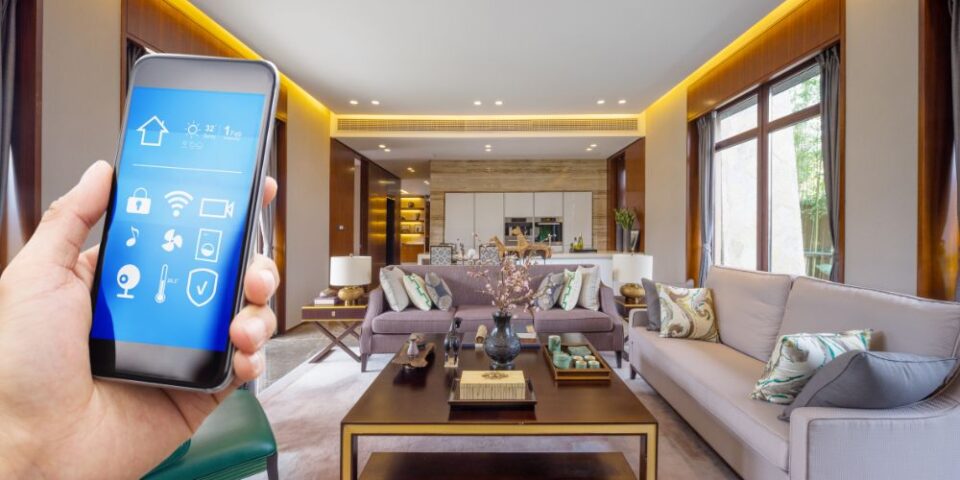
Overall Costs of Home Automation System Setup
| System Type | Low-end | Average | High-end |
| DIY | $250 to $1,500 | $2,000 to $3,000 | $2,500 to $7,000 |
| Brand Installations | $150 to $1,500 | $2,000 to $6,000 | $10,000+ |
When assessing the total expenses associated with a smart home system, pinpointing an average cost becomes challenging due to the vast differences in purpose, extent, and composition of smart homes. For ease of discussion, we categorize smart homes into two general classifications: DIY setups and brand installations.
DIY Smart Home Installation Expenses
In essence, a DIY setup involves the homeowner installing, managing, and upkeeping the system. These setups exhibit a wide range in costs, contingent upon brand specifics, homeowner preferences, and home size. Typically, expenses can span anywhere from $250 to well over $10,000. The significant variance in these figures arises from the highly customizable nature of smart homes. For instance, while a single smart thermostat may cost approximately $130, a smart fridge might tally up to $10,000. Consequently, the cost of a DIY smart home system directly corresponds to the elements within the home that the homeowner wishes to automate. While factors such as wiring and protocols can influence prices, the majority of the budget is usually allocated to appliances. On average, homeowners anticipate spending between $2,000 to $4,000 for fundamental home automation.
Read more: The Complete Manual for Configuring Your Smart HomeBrand Packages and Installation Expenses
Not everyone desires the intricacies involved in setting up the devices for their smart home system. Fortunately, numerous brands offer packaged deals and installation services, allowing homeowners to embrace home automation’s convenience without grappling with the complexities of DIY systems.
Most companies furnish specific packages catering to the automation of various home areas. Some brands specialize in specific domains, such as ADT primarily focusing on home security. Conversely, others, like Google, present a wide array of packages encompassing entertainment, security, energy efficiency, and more. Some companies even offer tailored installations, granting homeowners the liberty to select specific areas within the home to automate. Package prices range from a few hundred dollars to approximately $7,000, contingent upon the chosen package type. Customized installations typically commence at roughly $10,000 and can escalate to as high as $100,000, contingent upon home size and desired automation extent.
For any professional installation, your bill will generally comprise three primary expenses: devices, labor, and wiring. Devices typically dominate the bill, but labor and wiring can accrue substantial costs, especially in larger homes. Labor expenses average between $80 to $100 per hour, with more complex systems or larger appliances potentially incurring higher charges. Wiring expenses can also accumulate significantly, particularly for fully wired protocols and expansive systems. Whole-home rewiring commonly falls between $2,000 to $4,000, but in larger residences, costs can soar beyond $10,000.
Breaking Down Costs of Smart Home Components
1. Smart Security Systems
Smart home security is one of the most important components of home automation systems. These setups provide homeowners with an unparalleled sense of assurance, enabling remote monitoring of their home’s activities while they’re away. Certain home security companies offer subscription packages encompassing 24/7 monitoring services that promptly alert homeowners and contact emergency services in case of any untoward incidents. Automated security systems may encompass a range of features, including:
- Smart locks
- Security cameras
- Smart doorbells
- Window break sensors
- Remote monitoring services
- Motion sensors
- Smoke, fire, and water alarms
Smaller home security systems typically range from $500 to $2,500, while more advanced systems command prices exceeding $5,000.
Read more: Best Smart Sensors for Your Smart Home in 20232. Smart Lighting
Smart lighting systems offer convenience and energy efficiency. The installation of fully automated home lighting systems can vary in cost, spanning from $1,000 to $5,000. The overall expense depends significantly on factors such as the number of rooms illuminated and the complexity of the chosen system. When considering individual components, smart light bulbs come with a price range of $15 to over $70 each, while smart switches can be priced anywhere between $15 and upwards of $300.
3. Smart Heating and Cooling
Investing in a smart heating and cooling system stands as a top-notch choice in home automation. These systems not only enhance comfort but also contribute to substantial electricity bill savings by regulating your AC usage when you’re away. On average, a smart thermostat can deliver energy savings ranging from 8% to 12%. The cost for a smart thermostat typically falls within the range of $70 to $150, while a comprehensive, fully automated HVAC system may require an investment ranging from $1,000 to $3,000.
4. Entertainment and Audio Systems
From smart TVs and streaming devices to integrated sound systems, the cost can vary widely based on the desired features and quality. These intelligent television sets enable internet connectivity, granting access to streaming content and various convenient applications. Additionally, they seamlessly integrate into your smart network, facilitating control via your phone, tablet, or remote control.
Smart entertainment systems encompass a spectrum of devices including speakers, lighting, fireplaces, gaming consoles, and other gadgets. A contemporary smart TV typically ranges from $350 to over $1,500 in cost. However, a fully equipped living room, complete with a home theater system, may require an investment between $2,000 to $4,000.
5. Smart Lawn and Garden
Smart lawn and garden systems, although reminiscent of something out of a sci-fi movie, are indeed a reality and boast surprising popularity. These advanced setups encompass an array of features including automated sprinklers, smart pots, plant sensors, smart mowers, automatic sunshades, and intelligent outdoor lighting.
For a comprehensive and fully automated lawn and garden system, the cost typically falls within the range of $500 to $2,000. However, should you opt for a smart mower, the price may exceed this range.
6. Kitchen
The kitchen stands out as one of the most beneficial spaces in a home to integrate automation. Smart fridges, for instance, offer precise temperature control, ensuring items don’t freeze and go to waste. Some models even possess the capability, when linked with a smart assistant, to place grocery orders. Additionally, smart ovens and microwaves enable timers to sync with your phone, providing enhanced flexibility while cooking, and allowing you to move around freely.
However, owing to the multitude of appliances, features, and gadgets that can be incorporated into a smart kitchen, it ranks among the most expensive rooms to automate. As a baseline, a smart fridge can start at around $1,500, while a fully automated kitchen setup might exceed the $25,000 mark.
7. Other Devices
Numerous miscellaneous smart appliances, installations, and systems can be integrated into your home automation system. Below, you’ll find a list detailing some of the most popular smart devices, alongside their respective prices.
| Device | Low-end Cost | Average Cost | High-end Cost |
| Garage doors | $30 to $50 | $50 to $100 | $200 to $400 |
| Outlets | $15 per outlet | $20 to $30 per outlet | $50 per outlet |
| Smoke and carbon monoxide detectors | $40 to $50 | $50 to $100 | $120 |
| Smart home hubs | $50 to $150 | $100 to $300 | $300 to $500 |
| Ceiling fans | $100 to $200 | $250 to $350 | $500+ |
| Beds | $1,000 to $2,500 | $3,000 to $4,000 | $4,500 to $7,000+ |
| Toilets | $500 to $700 | $700 to $900 | $1,000 to $1,500 |
| Coffee Tables | $300 to $500 | $900 to $1,200 | $1,500+ |
| Windows | $25 to $50 per square foot | $85 to $90 per square foot | $125+ per square foot |
| Blinds | $100 to $300 | $300 to $500 | $450 to $600+ |
Return on Investment (ROI) and Value Proposition
The perceived value of a smart home goes beyond monetary aspects. Convenience, comfort, energy efficiency, and enhanced security contribute significantly to its appeal. While the initial investment can be substantial, the potential long-term savings on energy bills and the added property value may justify the cost. Some studies suggest that a well-equipped smart home can increase the resale value by a certain percentage.
Conclusion
The cost of a smart home is a variable equation influenced by technology choices, installation expenses, customization desires, and ongoing maintenance. From basic setups to high-end, fully integrated systems, the price range is wide and adaptable to individual needs and budgets. The decision to invest in a smart home involves weighing the initial costs against the long-term benefits and the enhanced quality of life it offers. As technology advances and becomes more accessible, the cost of a smart home may continue to evolve, making this futuristic lifestyle more attainable for homeowners worldwide.

